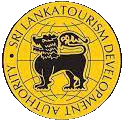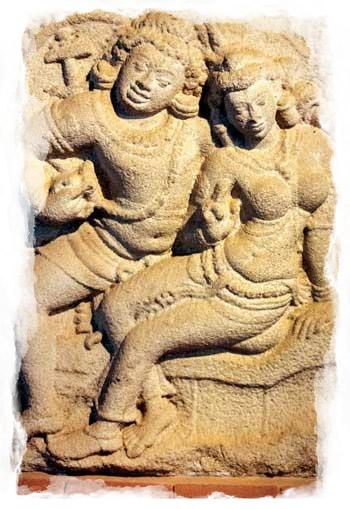
Anuradhapura is known as the historic and ancient capital of the country and was founded by Anuradha who was a follower of King Vijaya. It was named as the capital of the island by King Pandukabhaya in 337 BC and the city was a model of immaculate planning. The precincts were set aside for huntsmen, scavengers and for heretics as well as for foreigners. There were hostels, hospitals and cemeteries for high and low castes alike. An advanced system for water supply was assured by the construction of tanks, artificial reservoirs, of which the one named after the king itself exists to this day under the altered name of Baswakkulam.
It was during the reign of King Devanampiyatissa (250 – 210 BC) that the nation and the city adopted Buddhism as its official religion with the visit of Thero Arahat Mahinda the son of the great Buddhist emperor Ashoka from India who disrupted the king on a deer hunt and convinced him to convert to Buddhism. A sapling from the sacred Bo Tree under which Lord Buddha attained enlightenment was brought from Bodhgaya in India by Ashoka’s daughter and planted in Anuradhapura. The site was known thereafter as the Jaya Sri Maha Bodhi. It is considered as the most sacred tree in the world and worshiped by millions. The King himself donated land for a great monastery in the very heart of the city which was also his own Royal Park – the beautiful Mahamegha Gardens or pleasure gardens.
Other key monuments of note to see in the ancient city are the equally immense and majestic Stupa’s Abhayagiri and Jetawanaramaya. Further the rock carvings at the ancient Isurumuniya Temple as well as the Twin Ponds showcase the artistic sophistication of Sri Lankans dating back thousands of years. Anuradhapura is today declared as a UNESCO World Heritage Site.
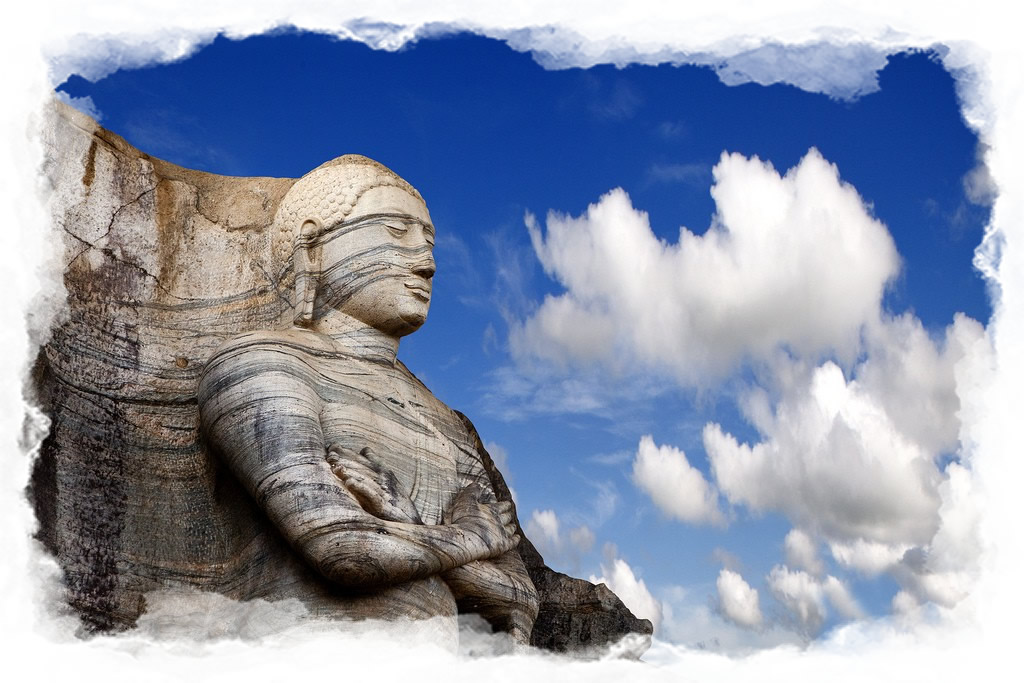
Polonnaruwa, Sri Lanka’s second most ancient kingdom, took its place in history after King Vijayabahu I defeated the invading Cholas and moved the capital from Anuradhapura to Polonnaruwa. The city reached a zenith in the 12th century and much of its grandeur still remains in its remains. The golden age of Polonnaruwa was during the reign of King Parakramabahu I (1153-86 AD). The King was instrumental in monumental changes and development from an agricultural perspective to Polonnaruwa where his royal decree was that not a single drop of rain should be wasted. New irrigation and waterways were constructed as well as the enormous man made tank titled the Parakrama Samudraya that forms almost a ring around the city and functions both as a protective barrier as well as an enormous catchment area for the collection of rain water to irrigate the agricultural land around the city of Polonnaruwa. Exploring Polonnaruwa, which is today a UNESCO World Heritage site, one can see Brahmanic monuments built by the Cholas and the monumental ruins of the fabulous garden-city created by Parakramabahu I in the 12th century.
Some of the key monuments in the ancient city are Stone Lion guarding, the palace of King Nissankamalla, The palace of King Parakramabahu I, The Library Monastery or Potgul Vehera, Shiva Temple, Thuparama Image House, Vatadage and Gal Vihare etc.
These are considered to be some of the best examples of ancient Sinhalese sculpting and carving arts, and have made the Gal Vihara the most visited monument at Polonnaruwa.

Named the fortress in the sky, this 5th century monument is perhaps the most famous single wonder in Sri Lanka. Sigiriya is popularly referred to as the Lion Rock due to the giant lion paws standing at the entrance to the fortress. King Kassapa gained control of the throne after slaying his own father; King Dhatusena of Anuradhapura. Fearing a retaliatory attack from the rightful heir Moggallana who fled to neighboring India, King Kassapa constructed his royal palace on the summit of this 200 meter high rock with a fortress for his own protection and made Sigiriya the capital of the island.
On the summit are the foundations of the Royal Palace, complete with fountains and swimming pools. One of the most stunning features of Sigiriya is the array of rock paintings depicting beautiful maidens which have been well preserved to date. From the summit of the rock fortress where King Kassapa built his palace, it is possible to get a bird’s eye view of the entire region.
In 495 A.D, Moggallana returned from his exile and defeated the King re-instating Anuradhapura as the capital. Sigiriya was then used as a Buddhist monastery until the 14th century prior to being mysteriously abandoned.
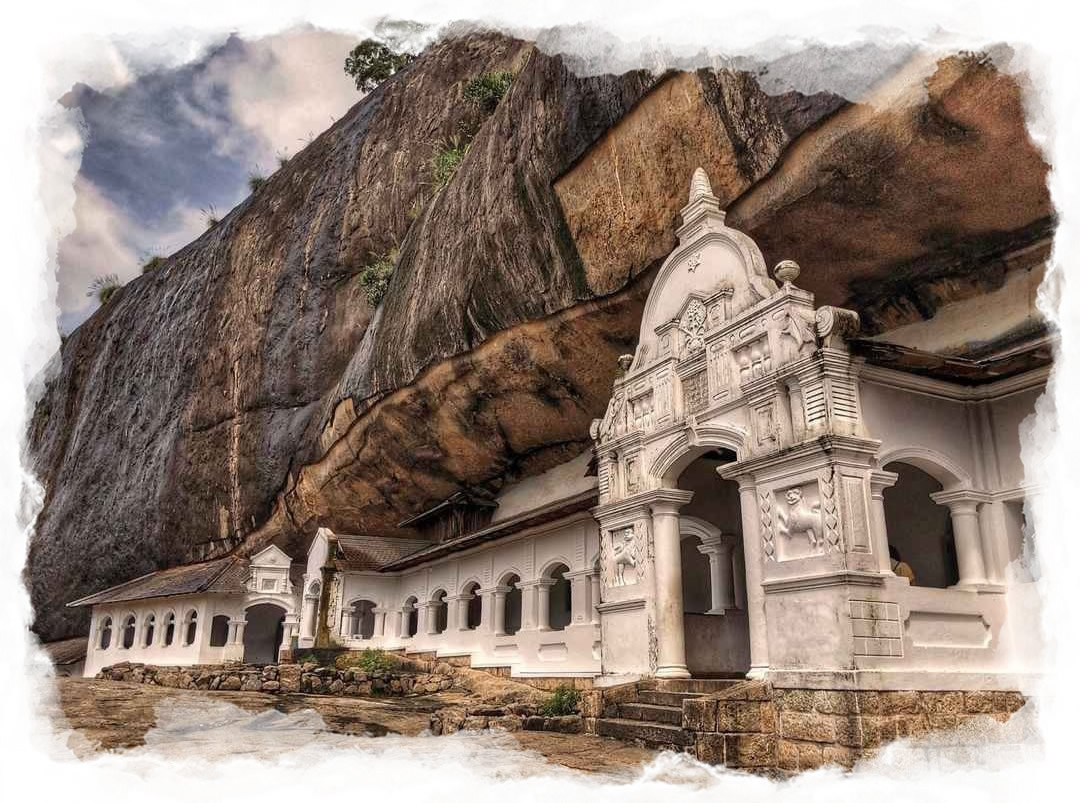
Visit the largest and best preserved cave temple complex in the country, the Golden Temple of Dambulla, a UNESCO World Heritage Site. This magnificent overhanging rock temple towering 600 ft high and close to 2000 ft in length was where King Vattagamini Abaya (King Valagamba) took refuge from foreign invasion in the first century BCE, who out of gratitude for having provided refuge turned the cave complex into a rock temple.
Amble up the slope of the Dambulla Rock; be greeted by troops of wild monkeys as they sit behind the fenced wall and chatter loudly, be mesmerized by the scenic view of the surrounding areas and a glimpse of the Sigiriya Rock – as it rises up to the sky. There are 80 documented Caves in the vicinity of the Golden Temple of which five possess the most appeal with its beautiful archeological features; traditional mural paintings on the ceiling and walls depicting the life of the Buddha along with 157 Buddha statues of varying sizes amongst other interesting artifacts.
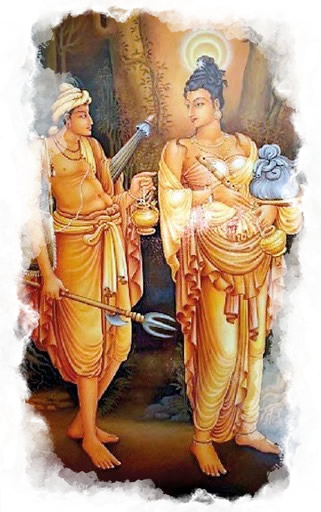
Welcome to beautiful Kandy! A visit to Sri Lanka is incomplete without a visit to the sacred city of Kandy; the second largest city in the island and the gateway to the central highlands. It is one of the most scenic cities in the world surrounded by spectacular mountains, the scenic Kandy Lake, and the longest river in Sri Lanka.
Kandy now declared a UNECO World Heritage Site was once the last royal capital of the country and the last royal stronghold of the Kandyan Kings. It boasts of a rich cultural heritage that spans 2500 years and is home to many interesting historical sites, traditional buildings, cultural monuments and the Royal Botanical Gardens. It is where the Sri Dalada Maligawa- one the most venerated Buddhist temple in Sri Lanka and the Sacred Tooth Relic of the Buddha is sited.
Kandy is famed world-over for the Kandy Esala Perehera (a colourful and elegant pageant held annually in July/August)) recognized as the most impressive and spectacular religious procession in Asia. This entails chieftains in traditional costume, hundreds of gaily dressed elephants, whip bearers, torch bearers, traditional musicians, drummers and dancers with the center of attraction being the head Elephant carrying the casket bearing the Sacred Tooth Relic.
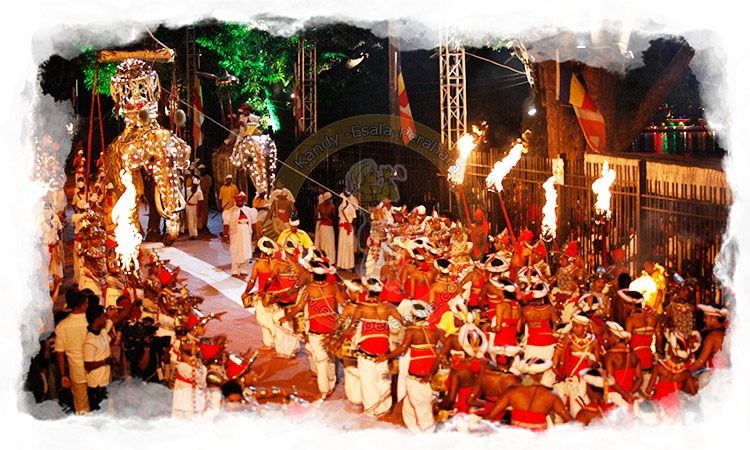
Kandy as stated earlier is also very popular due to the annual pageant known as the Esala Perahera, in which one of the inner caskets used for covering the tooth relic of Buddha is taken in a grand procession through the streets of the city. This casket is taken on a royal tusker. The procession includes traditional dancers and drummers, flag bearers of the provinces of the old Kandyan kingdom, the Nilames wearing their traditional dresses, torch bearers and also the grandly attired elephants. This ceremony which is annually held in the months of July or August attracts large crowds from all parts of the country and also many foreign tourists.
Kandy is must for anyone’s itinerary when visiting Sri Lanka. It is considered one of the most beautiful places in Sri Lanka which at the same time show cases the Sri Lankan Culture at its highest level.
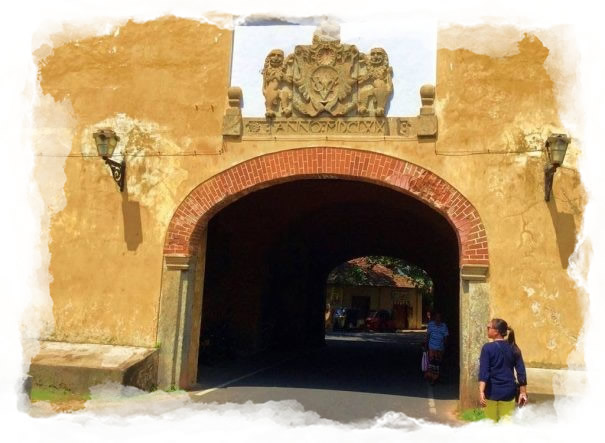
Spend a few interesting hours exploring beautiful Galle a coast city situated in the southwestern tip of the island. It boasts of being an important historical landmark with its fortified city, built by the Portuguese in the 16th century and later developed in the 17th century, during the Dutch Colonial period.
The Dutch Fort in Galle is a UNESCO World Heritage site and is the largest remaining fortress in Asia built by European occupiers. Take an exciting walk through this heritage site that boasts of a colourful history. Observe the many sites such as the Old Gate with the British Coat-of-Arms inscribed on it, the Old Dutch Hospital, the ramparts that run around the fortress with its excellent view of the ocean, the clock tower built in 1882, the light house built in 1939,the many bastions – each made for a specific purpose, Dutch colonial style houses with gables and verandahs, the Dutch Reformed Church built in 1640, the New Oriental Hotel, originally built in 1694, the National Maritime Museum and more.

Do you fancy being on top of the world? Then trekking up Sri Lanka’s most famous mountain, Adam’s Peak, the second highest in the country and one of the most sacred sites in the world is what you should be doing.
This solitary mountain with its landmark pyramid shape rises impressively to a height of 2,243 m (7,359 ft) offering at its peak an unrestricted panoramic view of the world below; mist covered mountain peaks, the far way ocean and rivers that look like silver streaks as they spread out to all eternity.
Ascending the mountain typically starts at night; trek up 5500 stone steps to the mist covered peak in time to witness a truly marvelous sunrise when the sky is set ablaze. Watch the sacred mountain awaken to the tolling of temple bells, beating of drums and blowing of conch-shells; be inspired, this is a once-in-a-life-time moment.
Descending the mountain in daylight promises an exciting eco-expedition. This peak wilderness sanctuary is a tropical rain forest bursting with a rich biodiversity of endemic wildlife.

